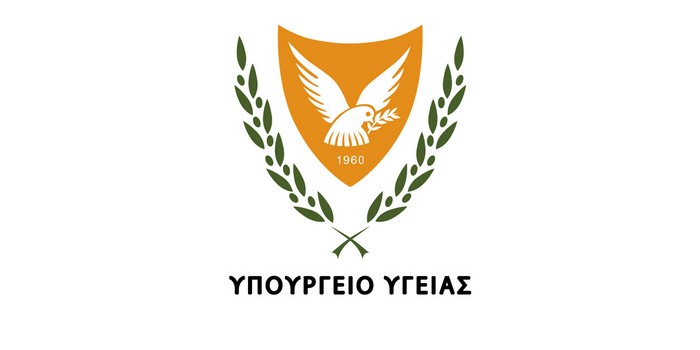Press Releases

29-12-2020 12:28
Updated list of categories of citizens with risk factors for serious illness by COVID-19
On the basis of the Decree of the Minister of Health, dated 4 November 2020, and following recommendations of the Scientific Advisory Committee on coronavirus, the list of categories of citizens with risk factors for serious illness by COVID-19 has been updated, with the addition of category 14 as indicated below.
It should be noted that persons who fall within the following categories of citizens with risk factors for serious illness by COVID-19, and who are not employed in individual workplaces, but either come into contact with the public or work in a common workplace with other persons and are not able to maintain the appropriate distances, then the competent Department/Service/Authority/Ministry makes the necessary internal arrangements to enable these persons to carry out their work in an individual workplace.
- Pre-existing chronic pulmonary illness (e.g., severe bronchial asthma, long-term oxygen treatment patient or in non-invasive ventilation [CRAP or BiPaP] at home, severe pulmonary hypertension (NYHA III and IV), severe pulmonary fibrosis, pneumectomy/lobectomy).
- Severe Chronic Renal Deficiency (creatinine clearance below 15 ml/min and haemodialysis).
- Cardiac arrhythmia with permanent defibrillator or heart disease with permanent defibrillator and amphiventricular pacemaker.
- Cardiac failure of any etiology (ischemic or non-etiological) stage according to NYHA III or IV.
- Cardiovascular disease:
- Recent acute coronary syndrome or revascularisation surgery: angioplasty or stent implantation in the last 12 months,
- Aorto-coronary bypass (CABG (bypass)) in the past 12 months; and
- Recent Cerebral Stroke in the last 12 months or with established neurological signs.
6. Cardiomyopathies (a history of documented myocarditis, hypertrophic, dilated, invasive (amyloidosis)).
7. Congenital heart disease following surgical correction with significant residual damage or uncorrected congenital heart disease with significant residual damage.
8. Active use of biological agents (e.g. TNF inhibitors, interleukin inhibitors) or other immunosuppressive drugs.
9. Active chronic corticosteroid intake (≥ 20 mg prenizone or equivalent for ≥ 1 months).
10. Patients with a history of transplantation of solid organs or progenitor (stem) haematopoietic cells.
11. Patients with solid malignancy or haematology malignancy receiving chemotherapy or radiation or immunotherapy.
12. HIV patients or patients with CD4 lymphocyte count < 200/mm³.
13. Patients with Hereditary or acquired immunodeficiencies.
14. Patients with Hemoglobin Diseases in Class C – Patients with Very High Risk, according to the recommendations of the International Federation of Thalassemia (TIF)[1].
It should be noted that the categories have been selected on the basis of existing international bibliography and taking into account the epidemiological data of the COVID-19 epidemic in the international area and in the Republic of Cyprus.
[1]International Federation of Thalassemia (2020).COVID-19 pandemic and haemoglobin disease.Thalassemia & Sickle Cell Disease:Risk stratification & other topics.Guide for sufferers and health professionals.
(ΕΚ)
Relevant Press Releases






